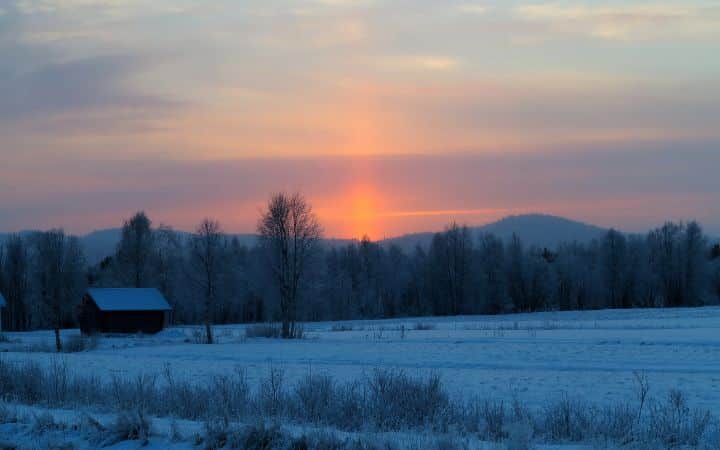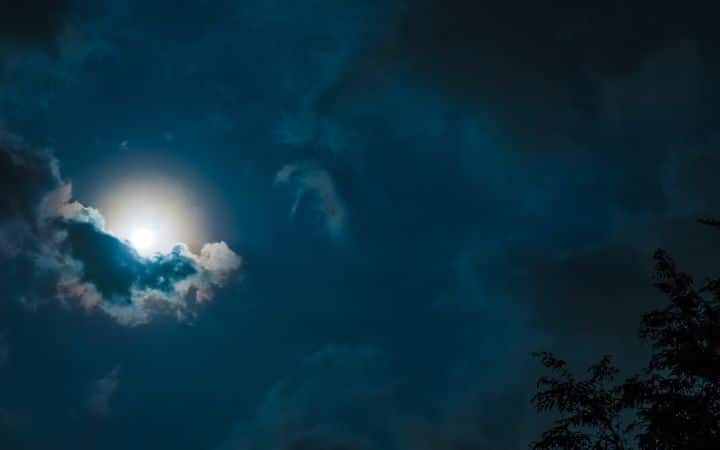US & Canada
2023 Winter Solstice: Shortest day in North, longest in South on December 21
Winter Solstice 2023 on December 21 marks extreme day lengths in both hemispheres, highlighting Earth's tilt, cultural importance, and global seasonal transitions.

The Winter Solstice of 2023 is a significant astronomical event occurring on December 21 at 10:27 p.m. Eastern Time. This event marks the shortest day and the longest night of the year in the Northern Hemisphere, and the longest day and the shortest night in the Southern Hemisphere.

Understanding the Winter Solstice
- Astronomical Significance: The solstice occurs when the sun shines directly over the Tropic of Capricorn at 23.5 degrees south of the equator.
- Hemispherical Impact: It signifies the beginning of winter in the Northern Hemisphere and summer in the Southern Hemisphere.
- Earth’s Tilt: The Earth’s 23.5-degree axial tilt leads to varying sunlight durations, causing seasonal changes.

The Science Behind the Solstice
- Solar Positioning: The Northern Hemisphere is tilted away from the sun, resulting in the shortest day and the longest night.
- Solstice Origin: The term “solstice” comes from Latin “solstitium”, meaning “sun stands still,” reflecting the sun’s apparent pause in its path across the sky.
- Daylight Variations: Post-solstice, days in the Northern Hemisphere gradually lengthen towards the equinox and the June solstice.

Solstice Effects and Observations
- Shifting Daylight: The sun rises and sets at different points on the horizon throughout the year, with the solstice marking the extreme positions.
- Cultural Significance: While not widely celebrated, the solstice can be observed through activities like sunrise or sunset watching and stargazing.
- Global Celebrations: Different cultures have historically marked the solstice with various rituals and festivals.

2023 Specifics
- Seattle’s Daylight: Seattle will experience 8 hours, 25 minutes, and 25 seconds of daylight on December 21.
- Weather Impact: The solstice in Seattle brings dense fog, with subsequent rain and snow expected.
- Global Perspective: In Western Australia, the sun will be directly overhead at the moment of the solstice.

Phenomena Around the Solstice
- Sun’s Movement: The sun’s path appears to change direction during the solstice, influencing temperature variations and daylight length.
- Daylight Changes: Post-solstice, daylight gradually increases in the Northern Hemisphere, though the temperature lag means the coldest weather often occurs after the solstice.

Broader Implications
- Seasonal Definitions: The solstice marks the astronomical start of winter in the Northern Hemisphere, with meteorological and solar definitions varying.
- Historical Celebrations: Ancient celebrations like Saturnalia and Yule are linked to the solstice, emphasizing its importance in various cultures.
- Continued Relevance: Despite modern understanding of celestial mechanics, the solstice remains a time of reflection and celebration in many parts of the world.
In essence, the Winter Solstice of 2023 serves not only as an important astronomical occurrence but also as a cultural and historical milestone, reminding us of our planet’s continuous journey around the sun and the enduring human fascination with the rhythms of nature.

